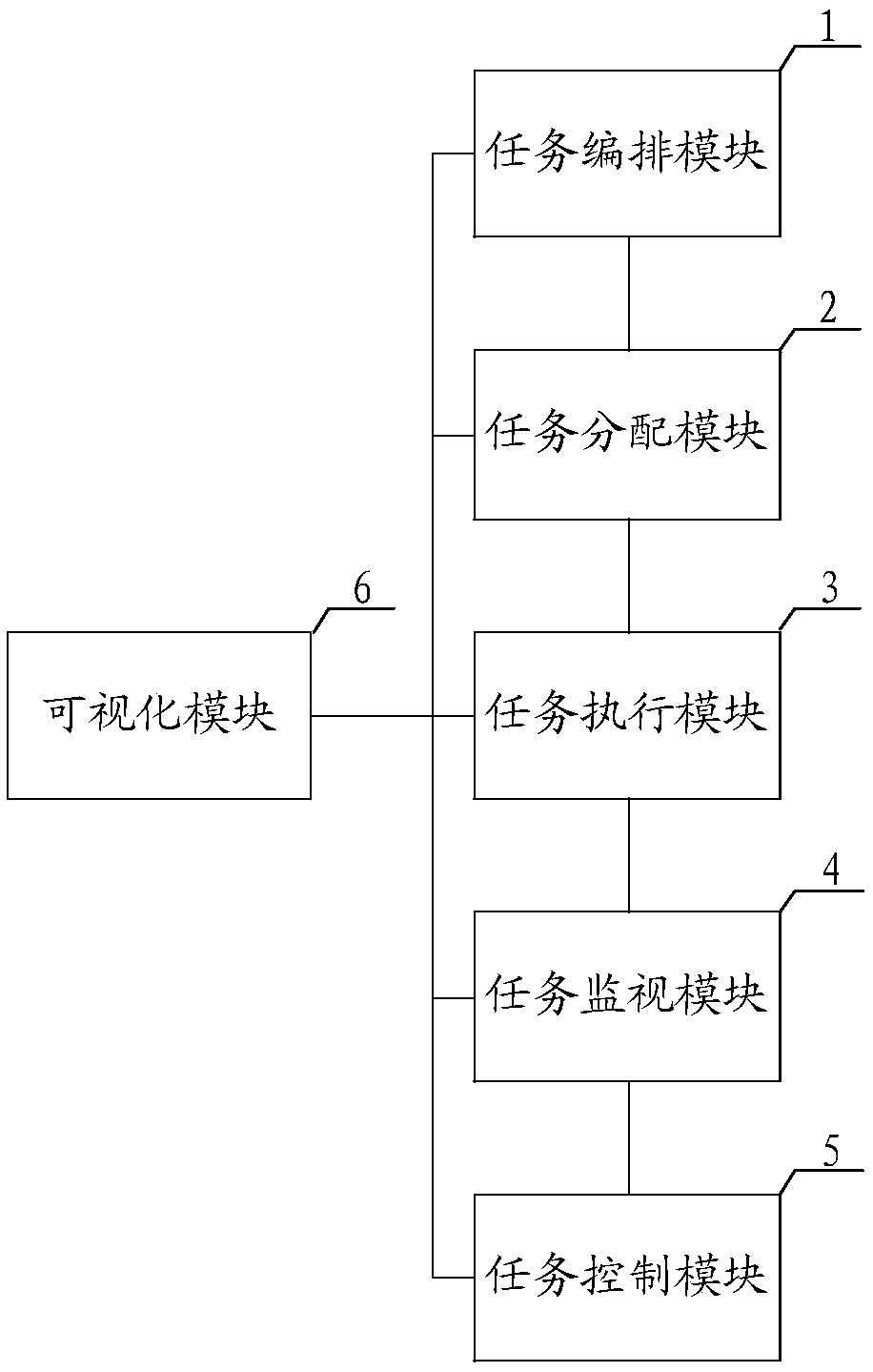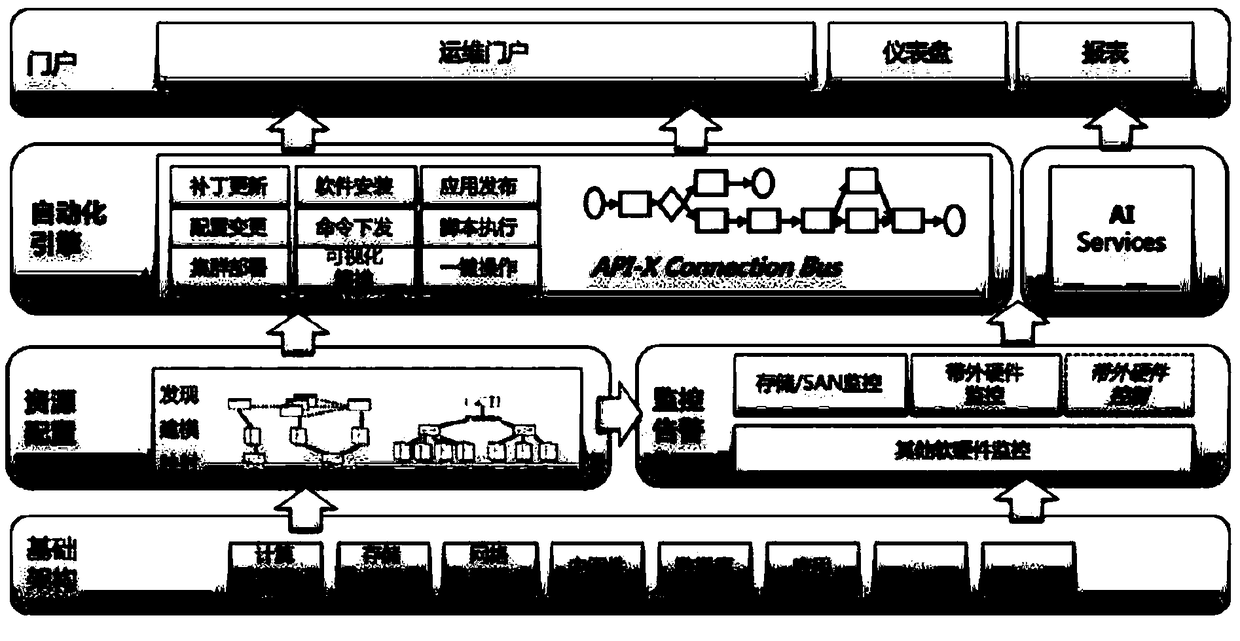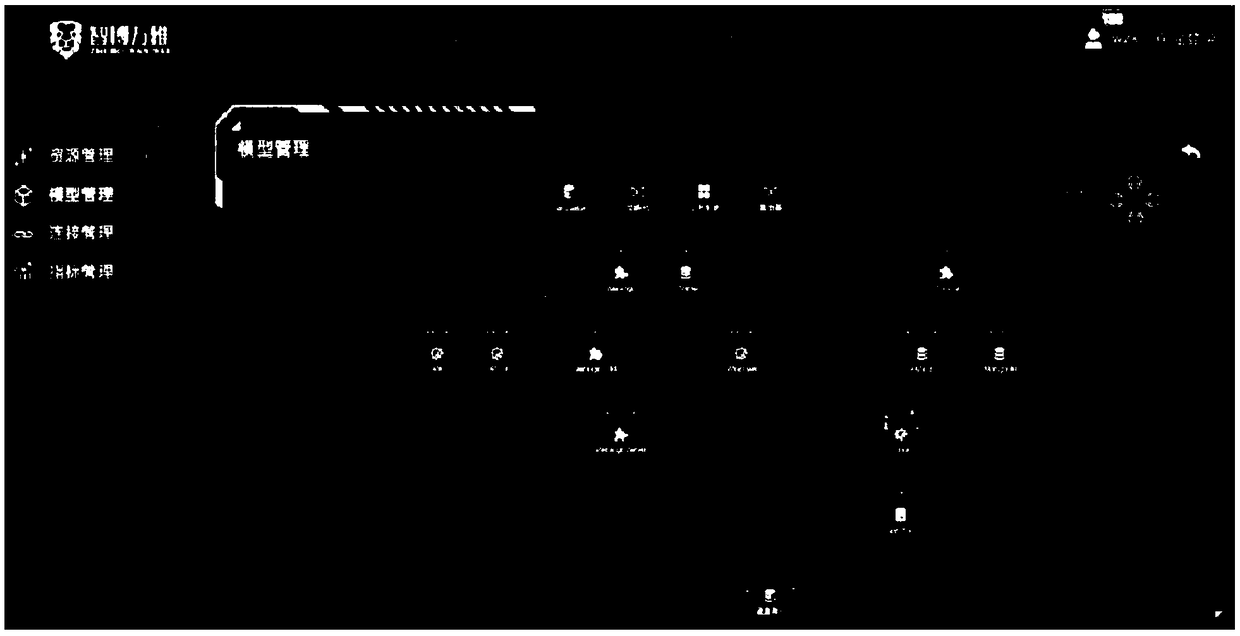Distributed intelligent operation and maintenance platform, method, device and readable storage medium
A distributed, operation and maintenance technology, applied in the direction of instruments, electrical digital data processing, data processing applications, etc., can solve the problems of low operation and maintenance efficiency of engineers, single operation and maintenance operation scenarios, and slow processing speed, etc., to meet the requirements of operation and maintenance scenarios demand, improve management efficiency, and improve the effect of generating efficiency
- Summary
- Abstract
- Description
- Claims
- Application Information
AI Technical Summary
Problems solved by technology
Method used
Image
Examples
Embodiment Construction
[0054] The following will clearly and completely describe the technical solutions in the embodiments of the present invention with reference to the accompanying drawings in the embodiments of the present invention. Obviously, the described embodiments are only some, not all, embodiments of the present invention. Based on the embodiments of the present invention, all other embodiments obtained by persons of ordinary skill in the art without making creative efforts belong to the protection scope of the present invention.
[0055] The embodiment of the present invention discloses a distributed intelligent operation and maintenance platform, see figure 1 As shown, the platform includes:
[0056] The task arrangement module is used to generate target tasks by using the task arrangement information input by the user and multiple atomic tasks.
[0057] Specifically, the user inputs task arrangement information through a human-computer interaction device, and performs operations such...
PUM
 Login to View More
Login to View More Abstract
Description
Claims
Application Information
 Login to View More
Login to View More - R&D
- Intellectual Property
- Life Sciences
- Materials
- Tech Scout
- Unparalleled Data Quality
- Higher Quality Content
- 60% Fewer Hallucinations
Browse by: Latest US Patents, China's latest patents, Technical Efficacy Thesaurus, Application Domain, Technology Topic, Popular Technical Reports.
© 2025 PatSnap. All rights reserved.Legal|Privacy policy|Modern Slavery Act Transparency Statement|Sitemap|About US| Contact US: help@patsnap.com



